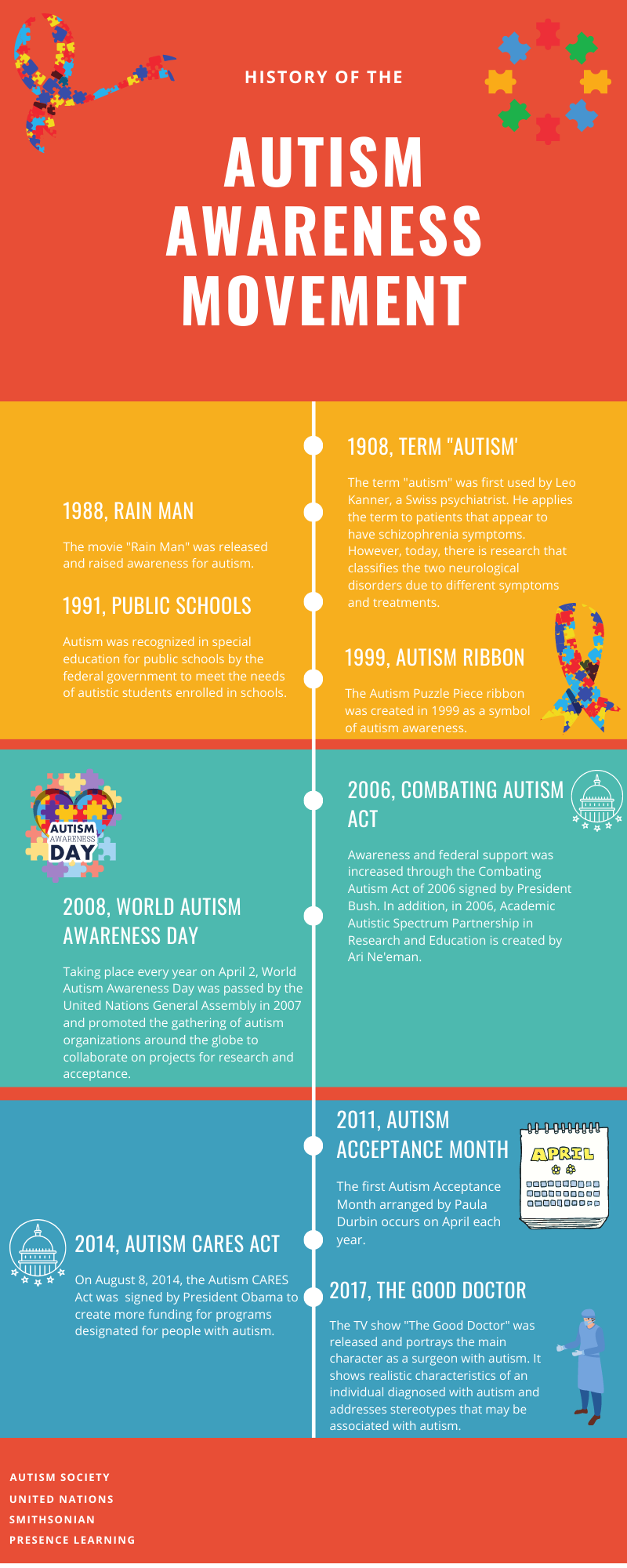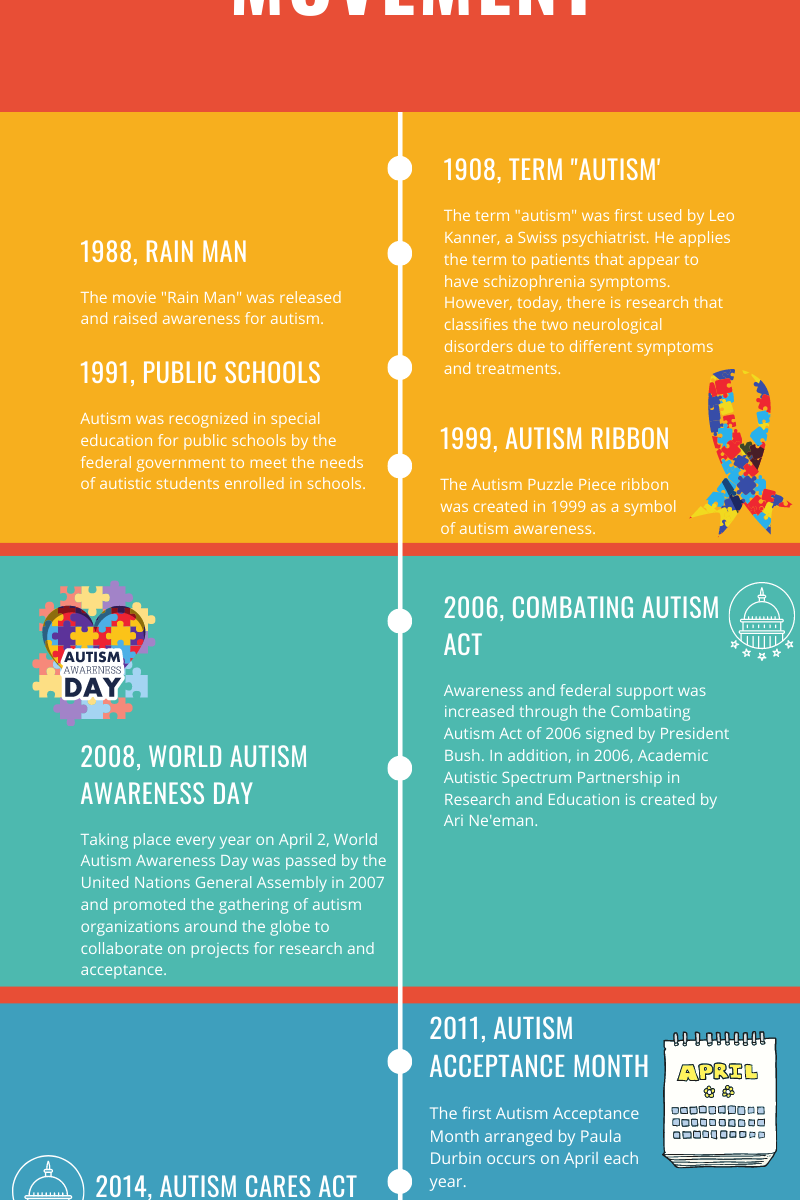
Like many high school students, Colin Brusnahan read Shakespeare’s “Romeo and Juliet” in his English Literature class. Upon finishing the book, Brusnahan understood that the tale of Romeo and Juliet does not have a happy ending.
Unlike many highschool students, Brusnahan has autism spectrum disorder. His teachers were concerned that Shakespeare would be beyond his comprehension levels, but his mother, Lynn Stansberry, pushed for his acceptance.
“If we’re really going to advance the common good, if we’re going to make a meaningful impact on society, we need to push back on those who try to exclude people,” Stansberry, also a professor of Special Education at the University of St. Thomas, said.
Stansberry found that the biggest limitations Brusnahan faced were the low expectations of others.
“I think that presuming competence, seeing abilities, and looking for strengths and building on those strengths – that’s where that acceptance piece comes in.” Stansberry said. “We have to be more accepting of differences if our goal is to create contributing members of society.”
With support and outside-the-box methods, Brusnahan made it through “Romeo and Juliet” alongside his neurotypical classmates.
“Did Colin have the same level of comprehension? Maybe not,” Stansberry said, “but when he got to the last page and everyone’s dead, he sat there for a few minutes and said, ‘well, that was… not a happy ending.’ So maybe he didn’t get everything, but he was exposed to Shakespeare and he got the most important thing.”
Months after reading “Romeo and Juliet,” Brusnahan asked his mother to bring him to his high school’s performance of Shakespeare’s “A Midsummer Night’s Dream.”
Surprised by her son’s request, Stansberry asked why he was suddenly so eager to see the play.
Brusnahan replied, “Because it’s Shakespeare, and Shakespeare is a great author.”
Acceptance allowed Brusnahan to be included in the general education curriculum, where he gained an understanding of “Romeo and Juliet,” and an appreciation for Shakespeare.
“If we only allow kids like Colin to take special education classes, are they going to be introduced to Shakespeare? Probably not,” said Stansberry. “If Colin was only segregated and excluded… he would not have the same educational experiences.”
Autism Awareness
April was officially Autism Awareness Month. Recently, however, advocates of autism spectrum disorder have called for a shift in the focus of the month. Many feel that while raising awareness for ASD is important, encouraging acceptance for people with autism is the more impactful goal.
“We know that at the heart of inclusion, awareness is not enough. Awareness is enough to know someone exists somewhere else,” Ellie Wilson, the Executive Director of the Autism Society of Minnesota, said. “Acceptance is about making sure we are creating welcoming spaces for where autistic people want to be.”
The Centers for Disease Control and Prevention defines autism as primarily characterized by challenges with social skills, repetitive behaviors, speech and nonverbal communication, yet Wilson noted that ASD is “as diverse as the human population in many ways.”
“There are people who have very high support needs,” Wilson said, “but there are also people who have relatively invisible disabilities if you don’t really know what you’re looking for, and everything in between.”
One of the most damaging misconceptions about ASD that Wilson has encountered is the idea that people are either low-functioning and high-functioning.
“People labelled as low-functioning are underestimated or overlooked, and people don’t see them for their incredible abilities and capacities,” Wilson said. People labelled as high-functioning are disadvantaged because “they get told that they’re smart, so they must not need very much help.”
According to CDC statistics, the prevalence of autism has risen over the past two decades. Currently, one in 54 children are diagnosed with ASD across all racial, ethnic and socioeconomic groups.
The reason for the increase in ASD is unclear, but the CDC states that greater awareness has likely played a role. One thing is certain, though; with 1 in 54 people being diagnosed with ASD, “most people know someone with autism in 2021,” said Wilson.
With awareness that autism exists widely established, many advocates are calling for a new focus – acceptance for autism. They hope that those with autism can not only be seen, but recognized for the incredible strengths and abilities that they offer our world as well.
“People around us might need something different than what we need,” said Wilson. “But, they can bring something quite interesting and valuable to the table because it is different, and that’s maybe the most important thing for people to understand.”
Lauren Price can be reached at lauren.price@stthomas.edu.



